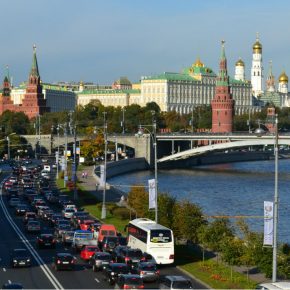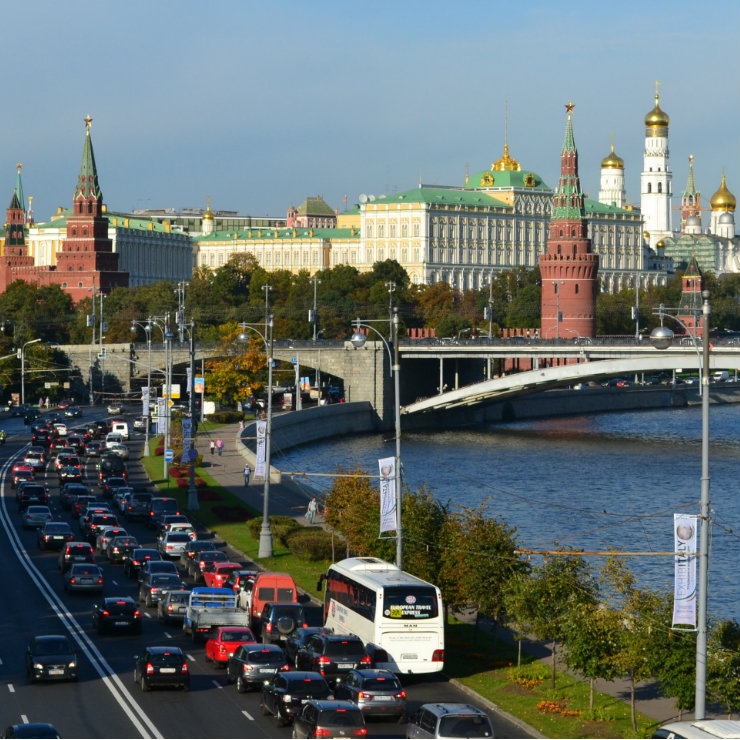
Moscow, Russia (Larry Koester, CC BY)
This significant improvement is mainly concentrated in the domain of GDP and industrial production. According to the new data, in the course of two years the Russian economy contracted by 3 per cent, not by 4.5 per cent as it had been estimated earlier.
Rosstat’s data also indicate that despite a drop in citizens’ incomes and investments, industrial production grew. The recession in industry ended at the beginning and not – as it was previously stated – by the end of 2016.
The improvement of indicators may undoubtedly result from objective factors, such as taking into consideration more detailed data or making a change in methodology (the calculating method for instance), which is all part and parcel of the statistical data preparation process. However, the scale of changes and Rosstat’s lack of professionalism in such areas as data presentation, failure to stick to deadlines for the publication of reports and selective publication of data, undermines the credibility of the recently released indicators. They should therefore be treated with caution.
All this lends credibility to the accusations raised against the statistical office of giving in to the Kremlin’s pressure; the new statistics answer the propaganda needs of the government, which, with the upcoming March 2018 presidential elections in view, would like to lend credence to its effectiveness in, for instance, getting Russia quickly out of the crisis and ensuring economic stability.
The radical change of results made by Rosstat in recent months fits in with the Kremlin’s strong need to make a show of social and economic stability to society at large. It only strengthens the impression that the modification of statistical indicators is not just the result of objective factors, like a change in methodology or an update, but also stems from giving in to the Kremlin’s political pressure.
It is a fact that an increasing number of symptoms (including the sentiment among managerial staff) are indications of the end of recession in Russia. The problem of the Russian authorities lies, however, not simply in getting Russia out of the crisis, but in finding a way to lead the country to the path of sustained development.
The current forecasts for the Russian Federation are far from optimistic (economic growth in 2017 is forecast to hover around 0.5 per cent of GDP assuming the price of oil at approx. USD40/barrel or 1-2 per cent of GDP with the price at over USD 50/barrel). Longer-term forecasts predict protracted stagnation or growth at 1-2 per cent GDP, which de facto means a widening of the distance between Russia and global leaders.
Iwona Wiśniewska is the main specialist of the Russian Studies Team it the Centre for Eastern Studies.


